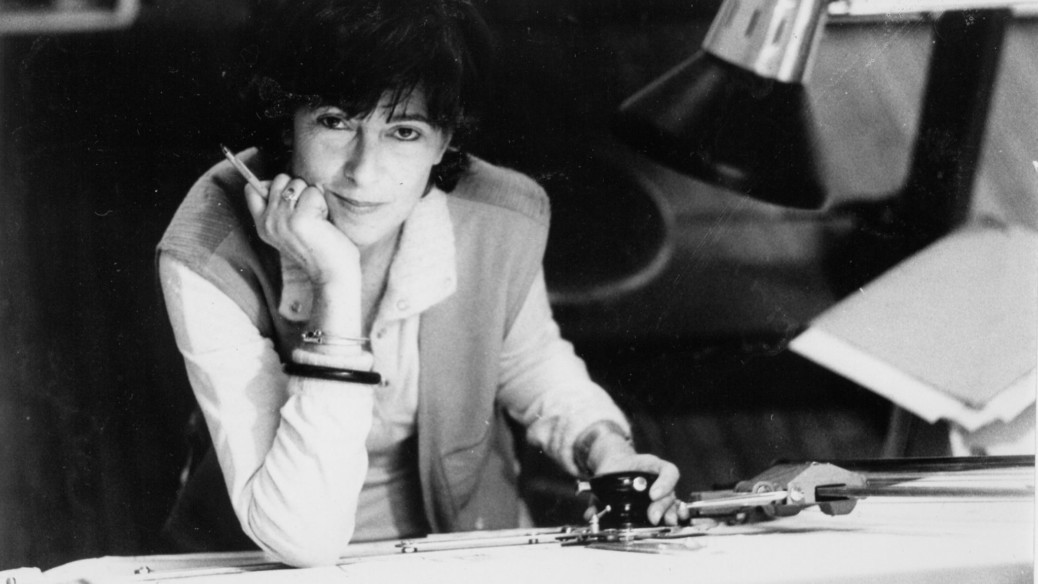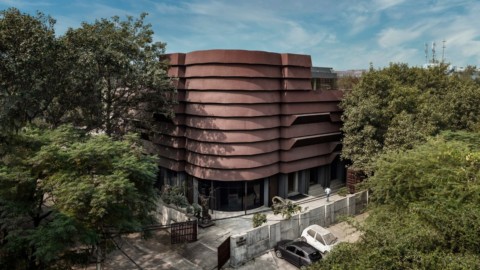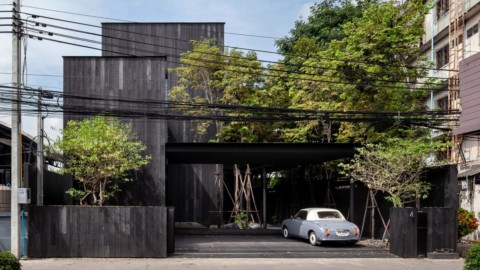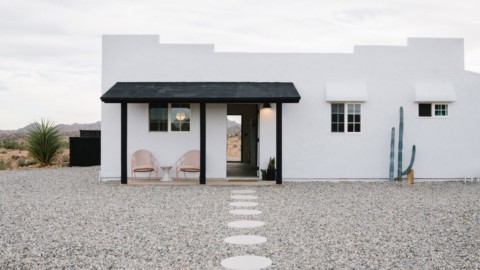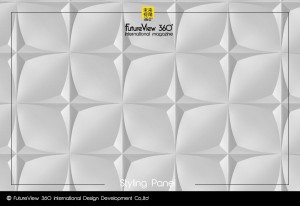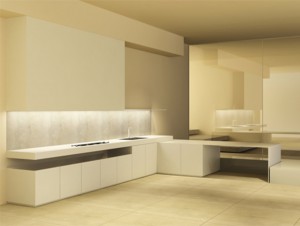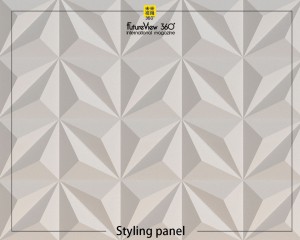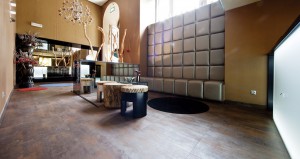Italian architect and designer Cini Boeri, who created a series of iconic seating designs and was the founder of Cini Boeri Architetti, has passed away aged 96.
Cini Boeri died on Wednesday, 9 September, in her home in Milan – the city in which she was born and lived her whole life.
Over the course of her career, Boeri collaborated with some of the biggest names in Italian design, including lighting brand Artemide and furniture makers Knoll, Magis and Arflex.
She is survived by her three sons, among them architect Stefano Boeri.
“What I consider unattainable in my mother Cini is her elegance, a sort of natural gift that covered her in every action,” Stefano Boeri told Dezeen.
“Cini invented pop objects and architectures. Never boring and presumptuous and at the same time extremely elegant – an almost impossible blend that Cini knew how to create.”
意大利建築師兼設計師Cini Boeri創造了一系列標誌性的座椅設計,並且是Cini Boeri Architetti的創始人,享年96歲。
Cini Boeri於9月9日星期三在她家米蘭出生的城市去世,米蘭是她出生和終生的城市。
在她的職業生涯中,Boeri與意大利設計界的一些知名人士合作,包括照明品牌Artemide和家具製造商Knoll,Magis和Arflex。
她的三個兒子得以倖存,其中包括建築師Stefano Boeri。
Stefano Boeri告訴Dezeen:“我的母親Cini認為無法達到的是她的優雅,這是一種自然的天賦,覆蓋了她的所有舉動。”
“ Cini發明了流行的物體和建築。從不乏味,肆無忌and,同時又極為優雅-Cini知道如何創造幾乎不可能的融合。”

Industry figures took to social media to share an outpouring of love and respect for her and her work.
Design writer Alice Rawsthorn paid tribute to “one of the great pioneering women in Italian design and architecture”, while MoMA curator Paola Antonelli tweeted: “Goodbye to Cini Boeri, formidable architect and designer, paragon of Milanese elegance and verve”.
業界人物到社交媒體分享對她和她的工作的熱愛和尊重。
設計作家愛麗絲·羅索恩(Alice Rawsthorn)向“意大利設計和建築界最偉大的先鋒女性之一”致敬,而現代藝術博物館策展人保羅·安東內利(Paola Antonelli)發表推文:“告別Cini Boeri,這位令人敬畏的建築師和設計師,米蘭風度和韻律的典範”。
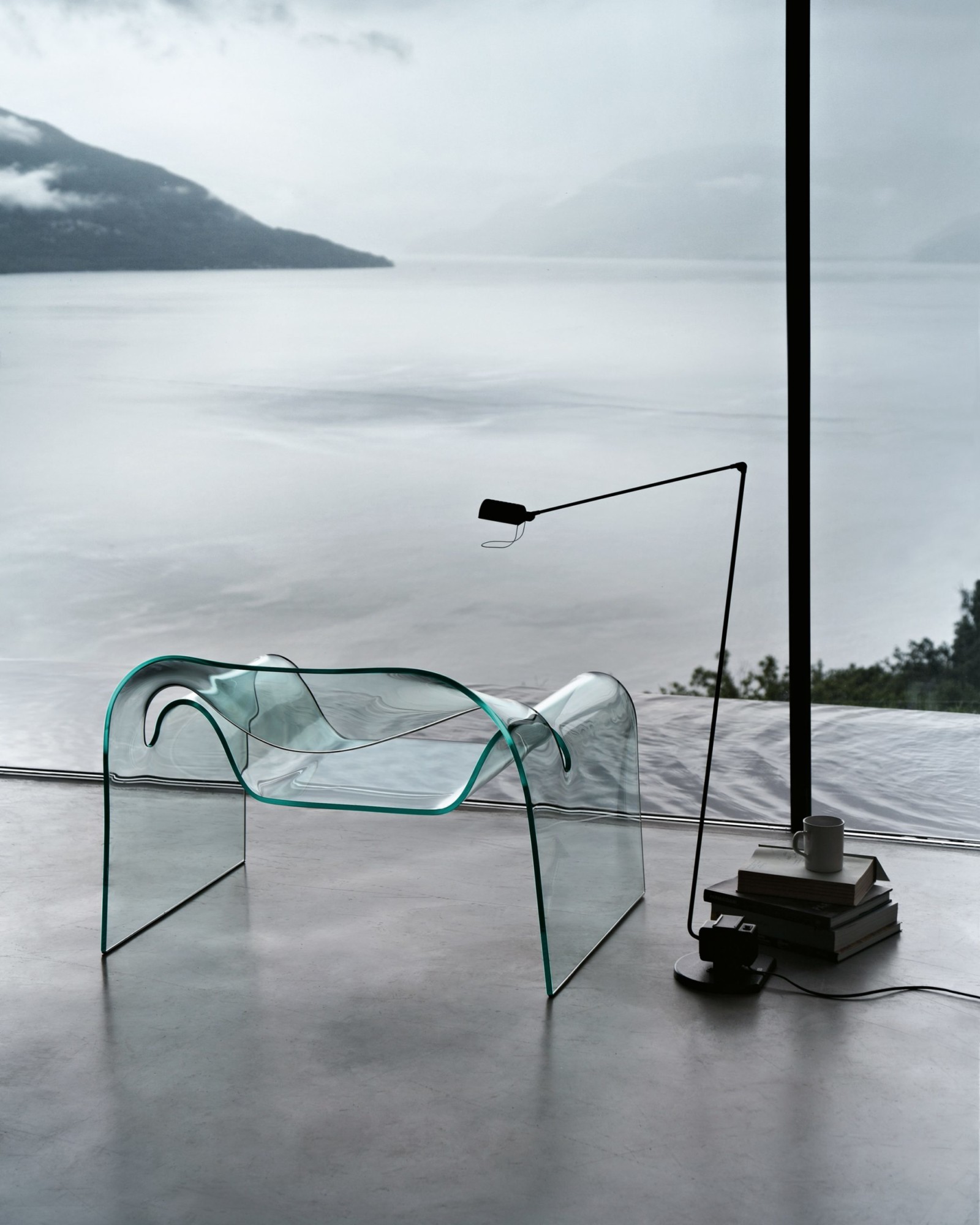
Milan’s mayor Beppe Sala took also took to Twitter to pay homage to one of his city’s most loyal patrons.
“Today we have lost Cini Boeri, architect and pioneer of design, famous throughout the world for her talent for combining creativity and functionality,” he wrote.
Curator Hans Ulrich Obrist shared an image on Instagram of a yellow post-it note from Boeri. It reads: “I would like architecture to design joy! We need it so much. Shall we try? I’m ready to do it.”
米蘭市長貝佩·薩拉(Beppe Sala)也帶上Twitter,向他的城市最忠實的顧客之一表示敬意。
他寫道:“如今,我們已經失去了設計大師兼設計先驅Cini Boeri,她以創造力和功能性相結合的才華而聞名世界。”
策展人漢斯·烏爾里希·奧布里斯特(Hans Ulrich Obrist)在Instagram上分享了一張來自Boeri的黃色便籤紙的圖像。 上面寫著:“我希望建築設計快樂!我們非常需要它。我們可以嘗試嗎?我已經準備好了。”
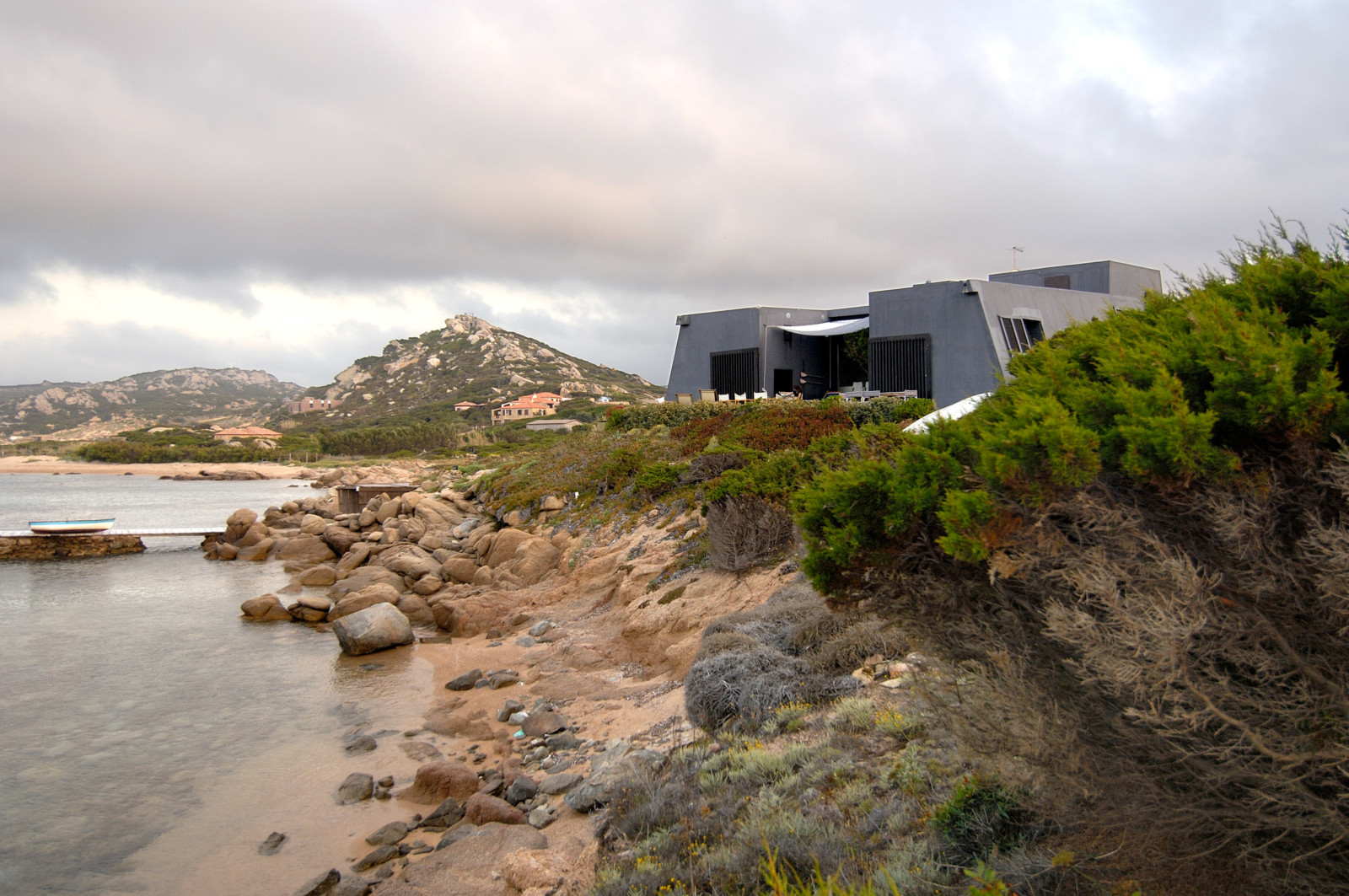
Much of her furniture work is modular and still in production today, attesting to the timeless nature of her designs and her enduring focus on functionality.
Although her design pieces were most well-known, Cini Boeri was also a trained architect and completed residential projects as well as offices, shops and exhibition designs both at home and abroad.
Cini Boeri was one of the first female Italian designers to rise to prominence after the second world war and was awarded the Compasso d’Oro Lifetime Achievement award in 2011, as well as being named a Grand Officer of the Order of Merit of the Italian Republic.
她的大部分家具工作都是模塊化的,並且至今仍在生產中,這證明了她的設計歷久彌新,並且長期致力於功能性。
儘管她的設計作品最為人所知,但Cini Boeri還是一位受過訓練的建築師,完成了國內外的住宅項目以及辦公室,商店和展覽設計。
Cini Boeri是第二次世界大戰後首批在意大利脫穎而出的女性設計師之一,並於2011年獲得了Compasso d’Oro終身成就獎,並被任命為意大利共和國功績勳章的高級官員。
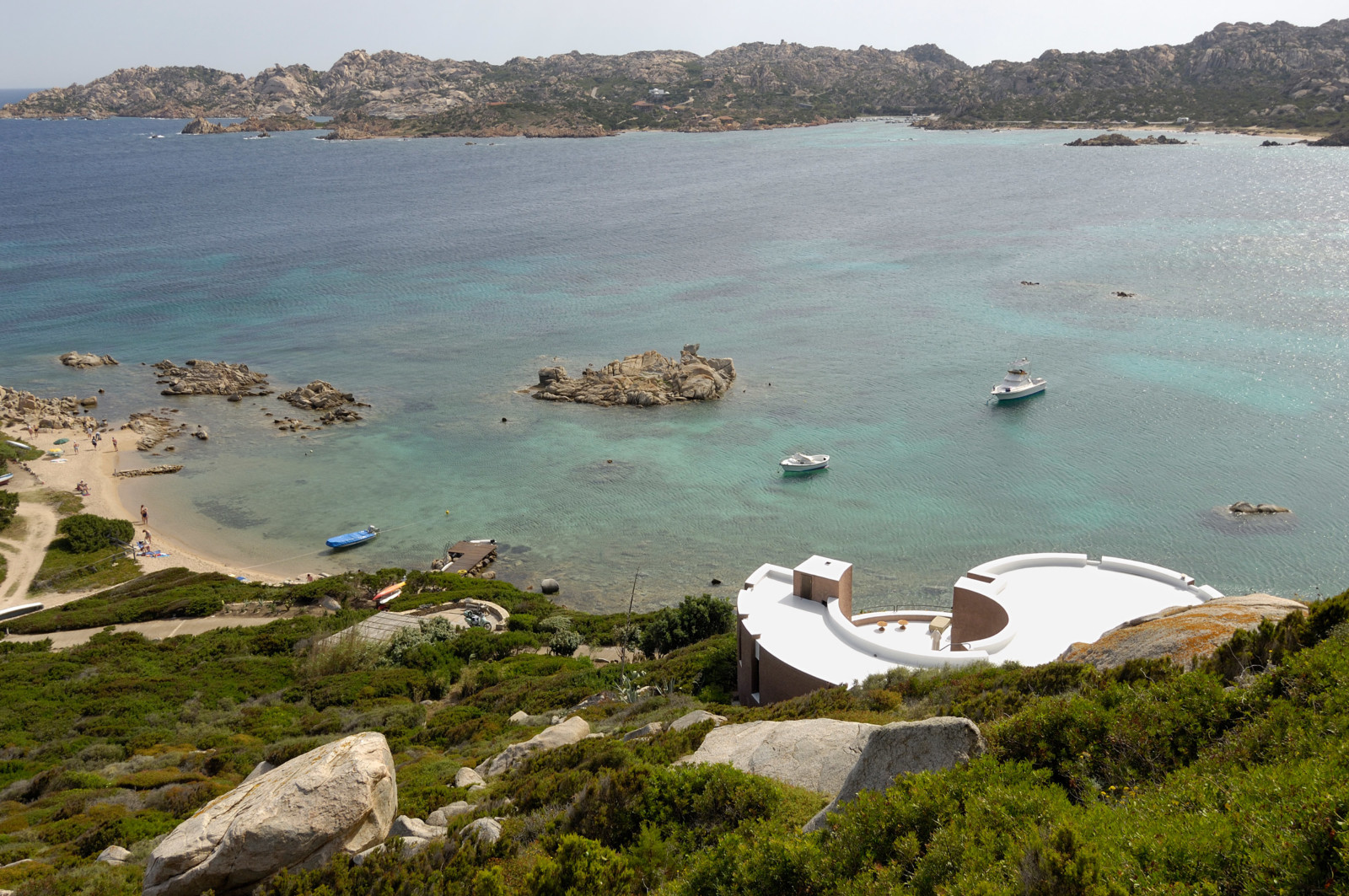
Born Maria Cristina Mariani Dameno in 1924, she grew up in Milan and graduated from the Milan Polytechnic in 1951 with a degree in architecture.
She interned briefly for Italian architect Gio Ponti and went on to collaborate with designer Marco Zanuso for many years, before setting off on her own in 1963 to found Cini Boeri Architetti.
她出生於1924年的瑪麗亞·克里斯蒂娜·瑪麗亞妮·達米諾(Maria Cristina Mariani Dameno),在米蘭長大,1951年畢業於米蘭理工大學,獲得建築學學位。
她曾為意大利建築師Gio Ponti短暫實習過,並與設計師Marco Zanuso進行了多年合作,然後於1963年獨自創辦了Cini Boeri Architetti。
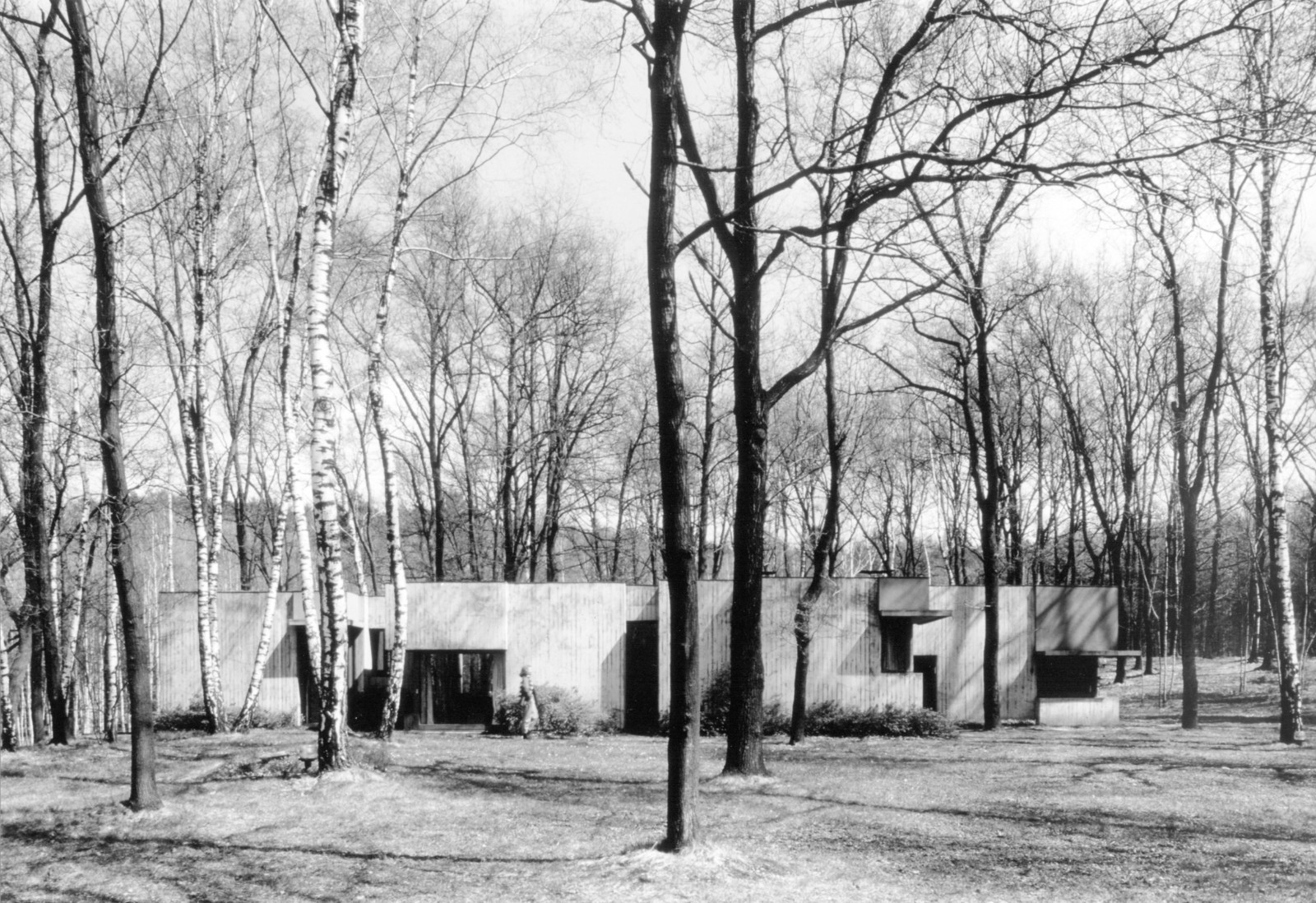
In the 1960s, she completed multiple vacation homes in Sardinia, including the brutalist, clifftop Casa Bunker and the snail-shaped Villa Rotonda, which were designed to create a dialogue with the surrounding landscape.
Similarly, the Casa nel bosco from 1969 was set in a birch forest in Lombardy, with its fragmented architecture articulated to avoid having to fell the large surrounding trees.
1960年代,她在撒丁島建立了多個度假屋,包括野獸派,懸崖頂Casa Bunker和蝸牛形Villa Rotonda,其目的是與周圍景觀對話。
同樣,1969年的卡薩內爾博斯科(Casa nel bosco)坐落在倫巴第的白樺林中,其零散的結構可以避免掉落周圍的大樹。
Boeri nurtured fruitful collaborations with Italian design brands|Boeri與意大利設計品牌進行了富有成效的合作
Throughout her career, Cini Boeri frequently collaborated with Arflex, the furniture brand for which she created some of her most well-known design including the monobloc foam Bobo chair from 1967 and 1971’s Serpentone sofa.
This consists of vertical polyurethane foam panels strung together like a concertina, which could be bought by the metre to fit any desired space.
在她的整個職業生涯中,Cini Boeri經常與家具品牌Arflex合作,為此她創造了一些最著名的設計,包括1967年的整體式Bobo泡沫椅和1971年的Serpentone沙發。
它由像手風琴一樣串在一起的垂直聚氨酯泡沫板組成,可以由儀表購買以適合任何所需空間。
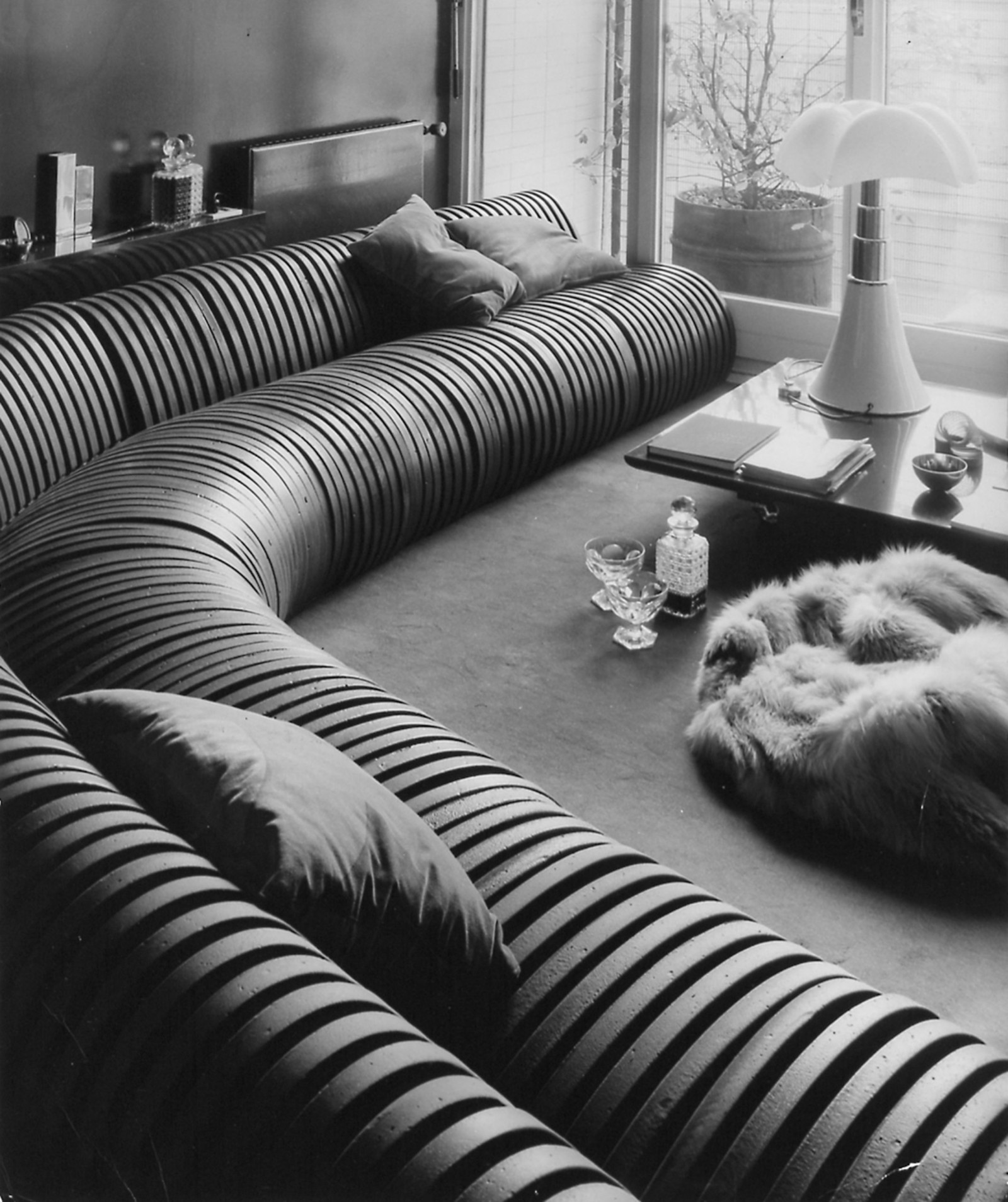
A year later, this idea evolved into the modular seating system Strips, in which oversized foam bricks are stacked together like Tetris tiles to form varying spatial configurations.
The design earned her the Compasso d’Oro industrial design award as well as being included in the permanent collection of the Milan Triennale.
一年後,這個想法演變成模塊化的座椅系統Strips,在該系統中,超大的泡沫磚像俄羅斯方塊磚一樣堆疊在一起,形成了變化的空間配置。
該設計為她贏得了Compasso d’Oro工業設計獎,並且被列入米蘭三年展的永久收藏。
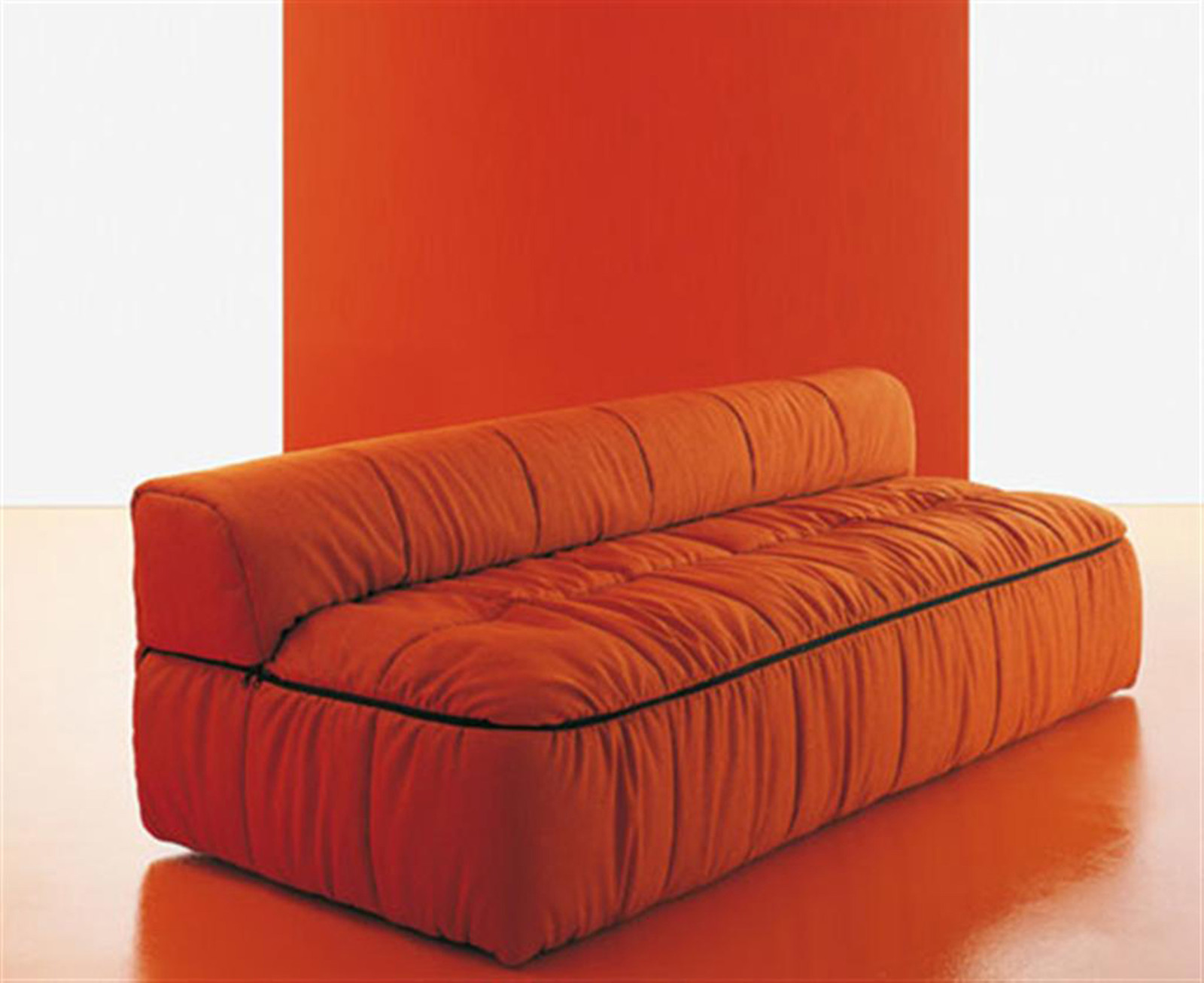
Cini Boeri also contributed to the Italian design firm Gavina, which was acquired by Knoll in 1968, leading to another longstanding collaboration.
This gave birth to the 1978 Brigadier sofa, which sits raised up on two rectangular blocks, as well as to various showroom designs throughout the 1970s.
She continued to produce notable furniture designs throughout her life, including the Ghost chair, created for Fiam in 1987 from a single pane of glass.
“There is nothing affected or elitist in the essentialism of her architecture, just as there is nothing austere or penitent in the minimalism of her furniture design projects,” remembers Stefano Boeri.
“On the contrary, the seriality of Serpentone, like that of Strips, reveals a playful modular value that’s even present in their names while the sinuous shapes of the Ghost or the Villa Rotonda are an ironic break with the aesthetic stylistic features of rationalism.”
Cini Boeri還為意大利設計公司Gavina做出了貢獻,該公司於1968年被Knoll收購,從而導致了另一項長期的合作。
這催生了1978年的Brigadier沙發,該沙發在兩個矩形塊上抬高,並在整個1970年代設計了各種陳列室。
她一生都在不斷創作出引人注目的家具設計,包括1987年為Fiam用一塊玻璃製成的Ghost椅子。
Stefano Boeri回憶說:“在她的建築本質上,沒有任何影響或精英,就像在她的家具設計項目中,沒有任何樸素或or悔。”
“相反,Serpentone的連貫性(如Strips一樣)揭示了一種有趣的模塊化價值,甚至在其名稱中也有體現,而Ghost或Villa Rotonda的蜿蜒形狀卻與理性主義的美學風格特徵頗具諷刺意味。”
FROM:https://www.dezeen.com/2020/09/11/cini-boeri-design-architecture-obituary/

